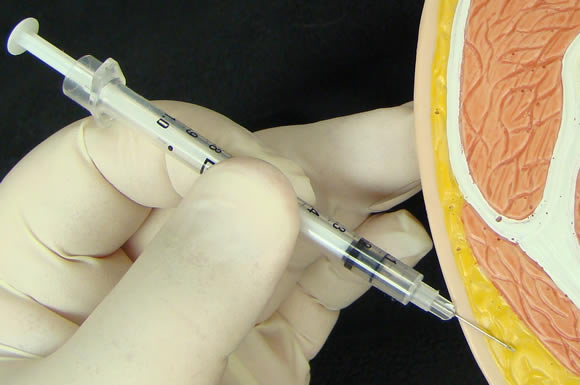Fat cells that lie beneath the upper layers of the skin have been found to actually be the first line of defense against infection. Dr. Richard Gallo, professor and chief of dermatology at the University of California at San Diego School of Medicine, and colleagues are the first to discover the disease fighting capabilities of dermal fat cells. The discovery was reported in the edition of the journal Science.
The researchers found that rats exposed to the bacterium Staphylococcus aureus presented a defense against the bacterial infection that originated in the dermal fat cells known as adipocytes. The fat cells grow in size and produce an antimicrobial peptide called cathelicidin antimicrobial peptide. The peptide is created to kill invasive bacteria, viruses, fungi and other pathogens.
The same peptide is created in human fat cells. The researchers indicate that the previously unknown defense system of fat cells has probably been in existence for over 100 million years. The fat cells are the first line of defense that begins an active campaign against an incursive organism before the white blood cells can arrive to complete the conquest.
The discovery may produce a means to direct fat cells to fight antibiotic resistant forms of Staphylococcus aureus. Some diabetic drugs that have already been approved by the FDA increase the disease resistant function of fat cells. People that are overweight produce more of the cathelicidin antimicrobial peptide in response to a disease than people of normal weight. The excess cathelicidin antimicrobial peptide can be traced to higher incidences of inflammation in people that are overweight.















